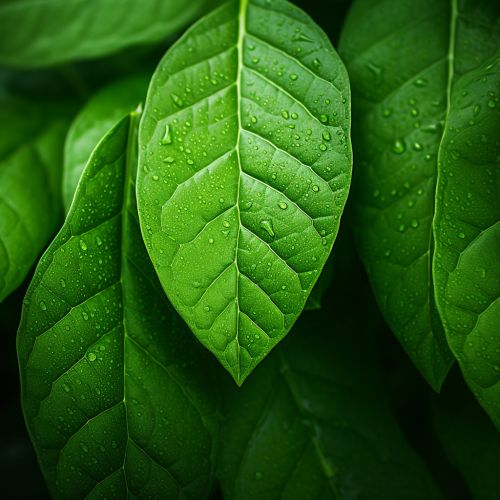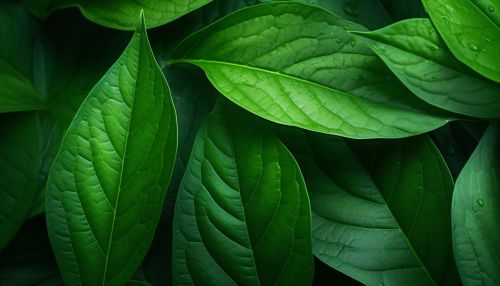Autotroph
Introduction
Autotrophs are organisms that can produce their own food from inorganic substances using light or chemical energy. Autotrophs, such as plants, algae, and certain bacteria, are fundamental to the food chains in virtually all ecosystems. They take energy from the environment in the form of sunlight or inorganic chemicals and use it to create food in the form of glucose. This process is known as photosynthesis for those that use light energy and chemosynthesis for those that use chemical energy.


Types of Autotrophs
Autotrophs can be divided into two types based on their energy source. Photoautotrophs use light energy, while chemoautotrophs use chemical energy.
Photoautotrophs
Photoautotrophs, including most plants and algae, as well as some bacteria, use light energy to convert carbon dioxide and water into glucose and oxygen. This process is known as photosynthesis and is facilitated by the pigment chlorophyll. The glucose provides the energy and building blocks for growth and reproduction, while the oxygen is released into the atmosphere.
Chemoautotrophs
Chemoautotrophs, which include certain types of bacteria and archaea, use energy from inorganic chemicals to produce food. These organisms are found in extreme environments, such as deep-sea vents, where light energy is not available. They use chemicals such as hydrogen sulfide or methane to produce glucose in a process known as chemosynthesis.
Autotrophs and the Environment
Autotrophs play a crucial role in the environment as primary producers in the food chain. They convert energy from the sun or inorganic chemicals into a form that can be used by other organisms, known as heterotrophs. This includes animals, fungi, and most bacteria and protists.
Autotrophs also play a significant role in the carbon cycle. Through photosynthesis, they remove carbon dioxide from the atmosphere and convert it into glucose. This process helps to regulate the Earth's climate by reducing the amount of greenhouse gases in the atmosphere.
Adaptations in Autotrophs
Autotrophs have developed various adaptations to maximize their energy capture. For example, plants have evolved broad, flat leaves to maximize the surface area exposed to sunlight. Similarly, deep-sea chemosynthetic bacteria have evolved to withstand high pressures and utilize chemicals that would be toxic to most other organisms.
Conclusion
Autotrophs are a crucial component of life on Earth. They form the basis of food chains in most ecosystems and play a significant role in regulating the Earth's climate. Understanding the processes by which they convert energy into food, and the adaptations they have developed to do so, is fundamental to understanding life on Earth.
